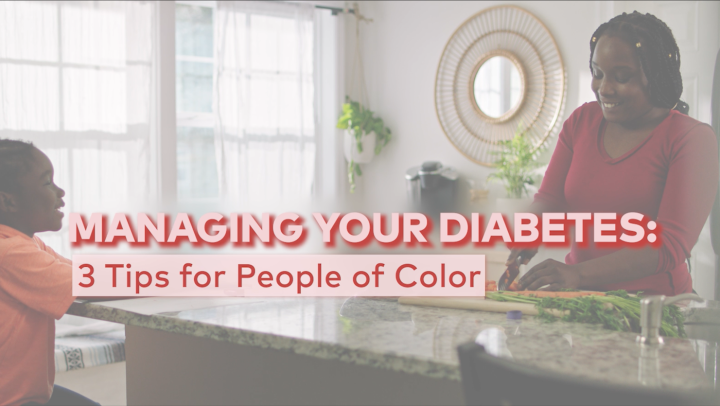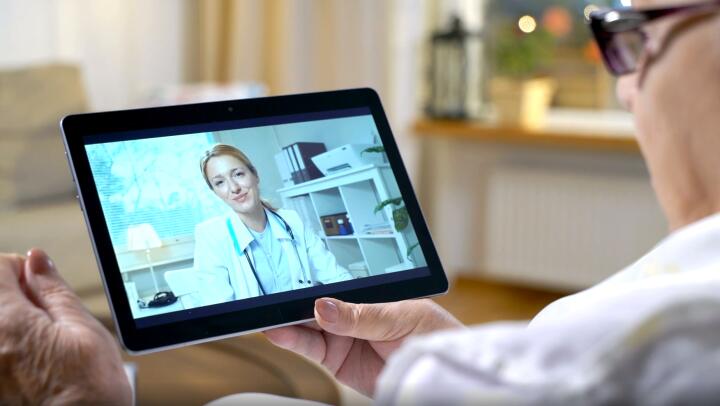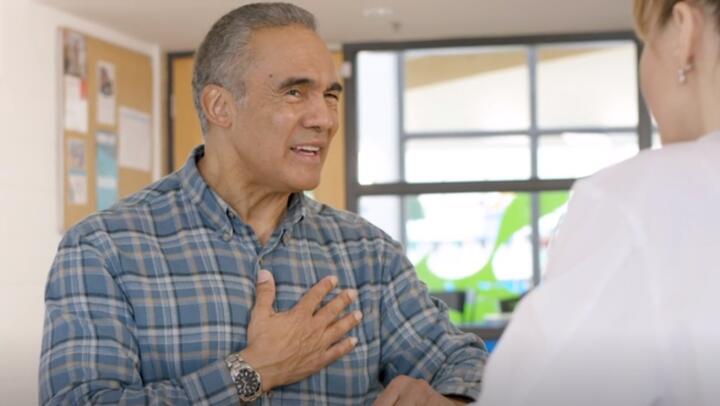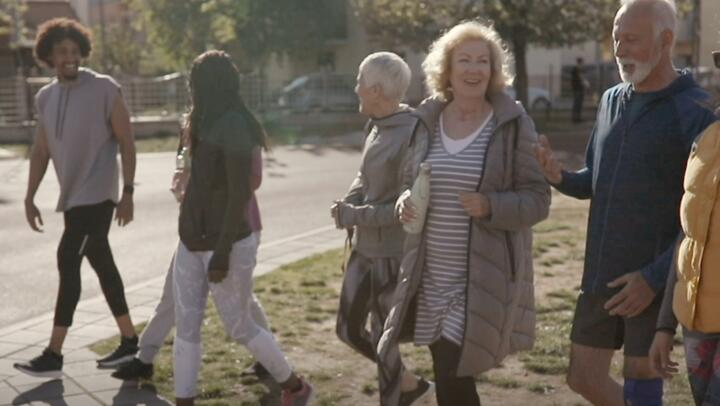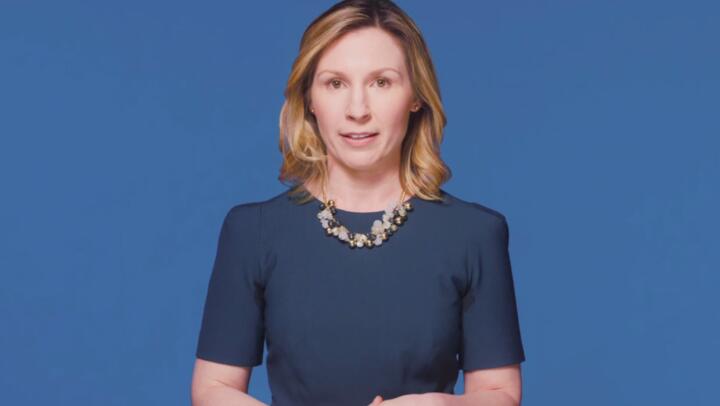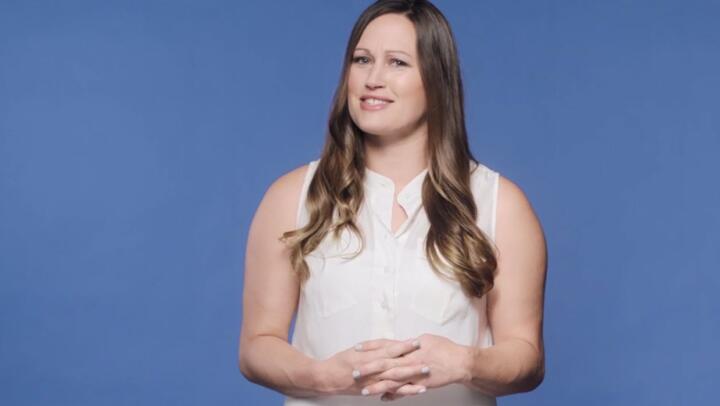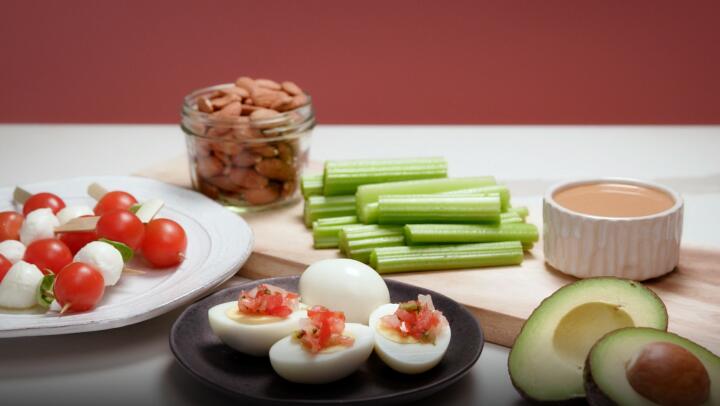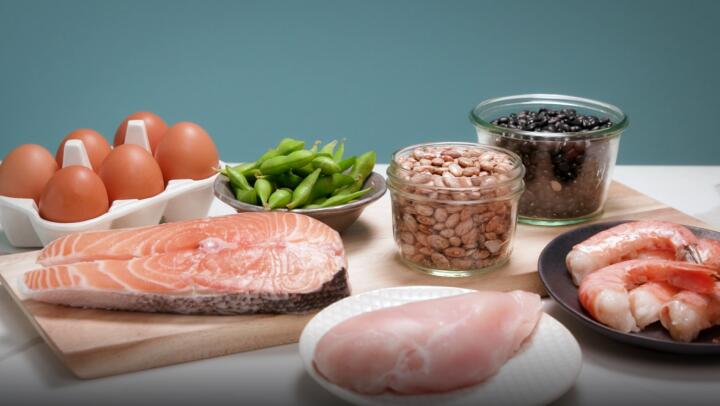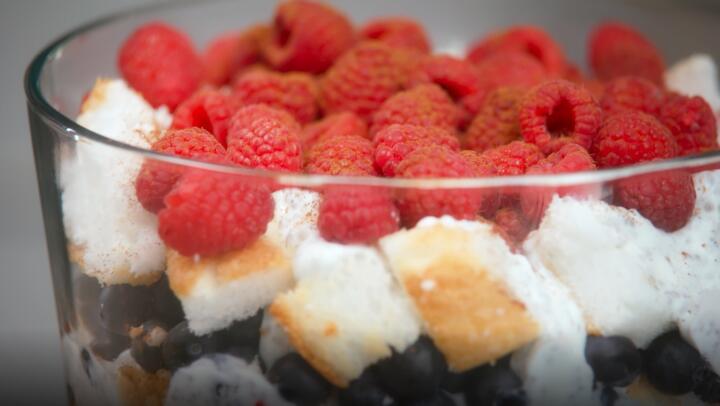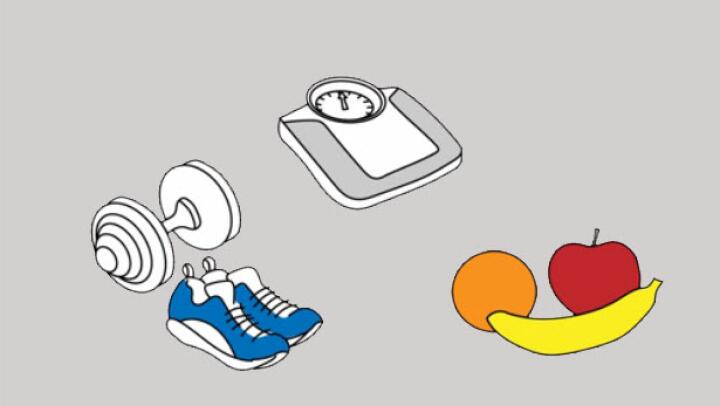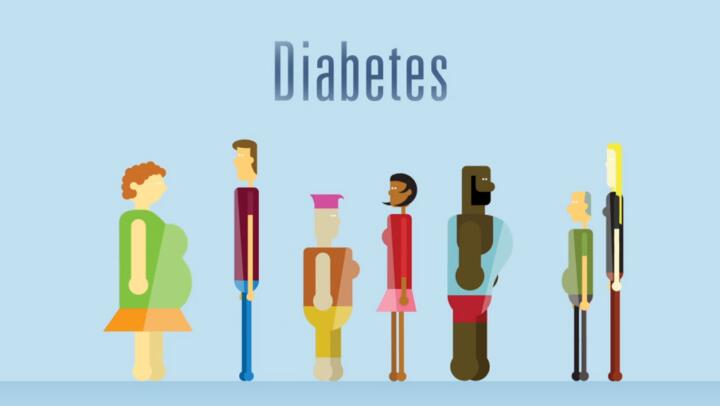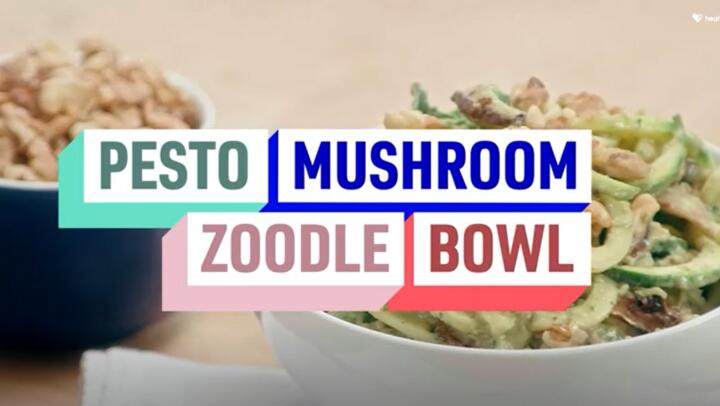
It can be frustrating trying to keep blood sugar levels under control. Day by day, they can fluctuate widely, and they’re not always predictable. Although the greatest danger to people with diabetes is when blood glucose gets too low, it’s also important to take action when blood glucose is high. Thankfully, there are steps you can take to help prevent and treat these unexpected spikes.
High blood sugar, also called hyperglycemia, often develops in response to too little insulin or other glucose-lowering medication, or too much food. It’s important to address hyperglycemia. Not only can it cause problems like impaired thinking in the short term, it can increase the risk for serious problems like heart disease, kidney damage, and blindness over time. Here’s what you can do about hyperglycemia.
Know Your Body
Estimating how much your blood sugar will rise or fall in response to a specific meal or snack isn’t always easy. But you can better predict these fluctuations by investigating how your body reacts to food. Closely monitor your food intake, including your favorite foods and meals, for a week or two. If possible, check your blood glucose both before and after you eat. Keep a log of your results and review them to learn when your blood sugar is most likely to spike.
Recognize the Symptoms
Regularly monitoring your blood glucose levels can help pinpoint periods of hyperglycemia. But learning to recognize the symptoms can help you take action even more quickly. Common symptoms include increased thirst, dry mouth, frequent or increased urination, blurry vision, and fatigue.
Eat By the Numbers
Spikes in blood glucose sometimes occur because we eat more than we think we do. To help, meticulously write down your calorie and carbohydrate intake for one week. Then, use your log to help identify certain foods or times of day that you tend to overeat. Tracking your intake can also help you get a handle on correct portion size.
Focus on Fiber
Foods that cause blood glucose to spike include those that use simple carbohydrates and sugars that are quickly digested. These may include white bread, white rice, packaged bakery goods, processed foods, sugary sodas, and more. To keep blood sugar steady, avoid these foods and focus on high-fiber fare such as vegetables, whole grains, and beans. Fiber takes longer to pass through the body and may help keep blood glucose steady.
Walk It Off
If your glucose level is high after eating, lace up your shoes and head out for a walk. Moving for just 30 minutes after eating can help burn extra glucose from a meal. If you have type 1 diabetes, keep in mind that before exercising, you should check your urine for ketones with testing strips. Ketones are a chemical the body produces when it has been using fat as fuel. If they are detected in your urine at moderate or high levels and your blood sugar is above 300, do not exercise. It can make blood sugar surge even higher.
Mind Your Mornings
If your blood sugar tends to be high in the morning, you aren’t alone. Hormonal changes in the early morning hours naturally cause blood sugar levels to rise. If your fasting blood glucose is too high, talk with your doctor. Your medication may need to be adjusted.
Watch Your Insulin
If you use insulin, talk with your doctor about your dosage. Ask if your premeal dose is enough for the amount of carbohydrates you’re eating. If problems persist after adjusting medications, discuss how to calculate a correction dose and when to use it.
Key Takeaways
High blood sugar, called hyperglycemia, can impair your thinking and increase the risk for heart disease, kidney damage, and blindness over time.
There are several ways to prevent and treat high blood sugar. They include learning to recognize the symptoms so that you can take action quickly.
Closely monitor your food intake for a week or two, checking your blood glucose before and after you eat. Log your results to learn when your blood sugar is most likely to spike.
Foods that cause high blood glucose include those that use simple carbohydrates and sugars that are quickly digested. Focus instead on high-fiber fare such as vegetables and whole grains.
If your blood sugar level is high after eating, exercising for 30 minutes can help burn the extra glucose from your meal.






